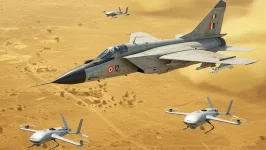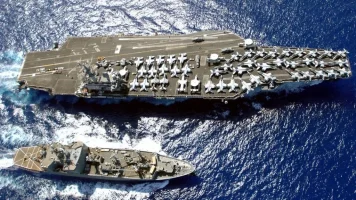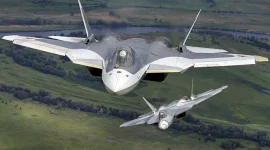- Views: 3K
- Replies: 24
Retired Air Marshal Dilip Kumar Patnaik has launched a scathing critique of India's acquisition of Predator Unmanned Aerial Vehicles (UAVs), calling them "costly toys" that lack the necessary capabilities for operating in contested airspace.
His comments, made during a candid interview with ANI, raise serious concerns about the strategic and tactical utility of these drones in the context of India's regional security challenges.
Patnaik, a decorated officer with extensive experience in military operations, argues that Predator UAVs are ill-suited for environments where adversaries like China and Pakistan possess robust air defence capabilities.
"These drones can only be used effectively in uncontested airspace," he stated, implying their vulnerability in scenarios where enemy air defence systems are active.
He went on to warn that "they will be picked up and taken down by our neighbours," emphasizing the risk of these expensive assets becoming easy targets for enemy forces.
Patnaik also questioned the cost-effectiveness of the deal, suggesting that the substantial investment in Predators could be better utilized in acquiring more agile and cost-effective drone technologies.
As an alternative, he proposed adopting swarm drone technology, which he believes offers a higher survivability rate in contested environments due to their numbers, affordability, and decentralized operational nature.
"For the same amount of money, we could have bought swarm drones that would give us a much better chance in hostile skies," Patnaik asserted, highlighting their potential to overwhelm enemy defences through coordinated action and sheer numbers.
This critique from a seasoned military leader brings into focus a crucial debate regarding India's drone strategy. While Predator UAVs offer certain advantages in intelligence gathering and surveillance, their limitations in contested airspace raise questions about their suitability for India's defence needs, especially given the escalating regional tensions and the increasing sophistication of adversary air defence systems.




